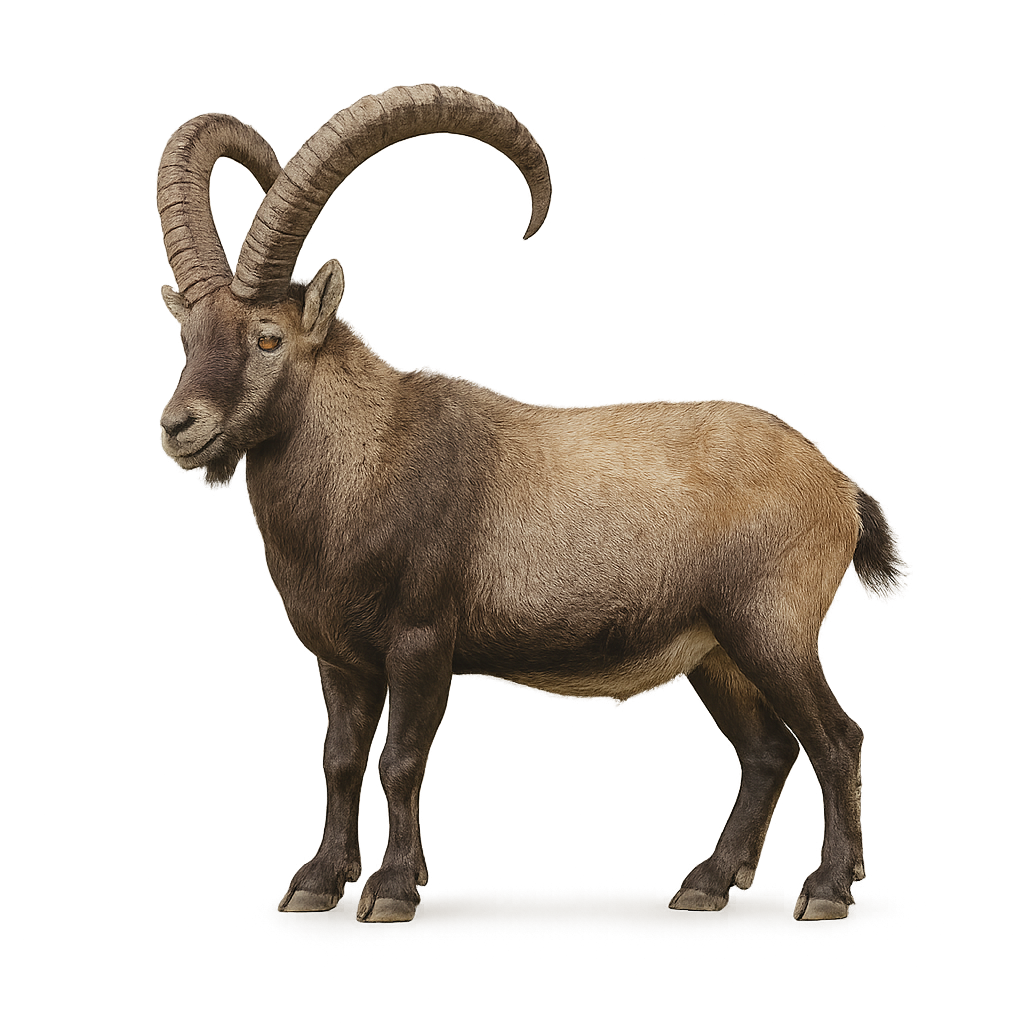Your wildlife photography guide.
Explore the iberian ibex in detail, study its behavior, prepare your shots.
Where to observe and photograph the iberian ibex in the wild
Learn where and when to spot the iberian ibex in the wild, how to identify the species based on distinctive features, and what natural environments it inhabits. The WildlifePhotographer app offers tailored photography tips that reflect the iberian ibex’s behavior, helping you capture better wildlife images. Explore the full species profile for key information including description, habitat, active periods, and approach techniques.
Iberian Ibex
Scientific name: Capra pyrenaica

IUCN Status: Vulnerable
Family: BOVIDAE
Group: Mammals
Sensitivity to human approach: Suspicious
Minimum approach distance: 60 m
Rut period: November to December
Gestation: 160-170 jours
Births: April to June
Habitat:
Mountains and rocky areas
Activity period :
Primarily active during the day, with peak activity in the morning and late afternoon.
Identification and description:
The Iberian Ibex is a large herbivore native to the mountains of the Iberian Peninsula, primarily in the mountain ranges of the Pyrenees and the Sierra de Gredos in Spain. It is easily recognizable by its massive, backward-curved horns and brown and gray coat. This ibex lives in rocky, steep terrain, where it feeds mainly on grasses, woody plants, and alpine vegetation.
The Iberian Ibex is a social animal that forms family groups consisting of females and young, while adult males, called "ibex," form separate groups. The species nearly went extinct in the 20th century due to overhunting, but thanks to conservation efforts, its population has been restored in several regions of Spain. However, the Iberian Ibex remains vulnerable to habitat loss and human disturbances.
Recommended lens:
300 mm – adjust based on distance, desired framing (portrait or habitat), and approach conditions.
Photography tips:
Approach slowly and discreetly, using a telephoto lens to capture images at a distance, as the Iberian ibex is a majestic but cautious animal, and it can easily move away if disturbed.
Photograph early in the morning or late in the afternoon, when the light is soft and the ibex is more active, often moving on the rocky slopes of the mountains or grazing in alpine meadows.
Capture moments of natural behavior: The Iberian ibex is an excellent climber, often seen on steep terrain. Capture moments when it moves gracefully on the rocks or rests in high-altitude areas.
Be patient and respectful: The Iberian ibex can be difficult to spot in its mountainous habitats, so be ready to wait for moments when it is more visible without disturbing its activity.
The Iberian ibex is an endangered species, mainly due to hunting and habitat loss. It is essential to respect its space and not disturb its natural behaviors. Follow local conservation rules to preserve this species in its mountainous habitats.
The WildlifePhotographer App is coming soon!
Be the first to explore the best nature spots, track rutting seasons, log your observations, and observe more wildlife.
Already 1 449 wildlife lovers subscribed worldwide

